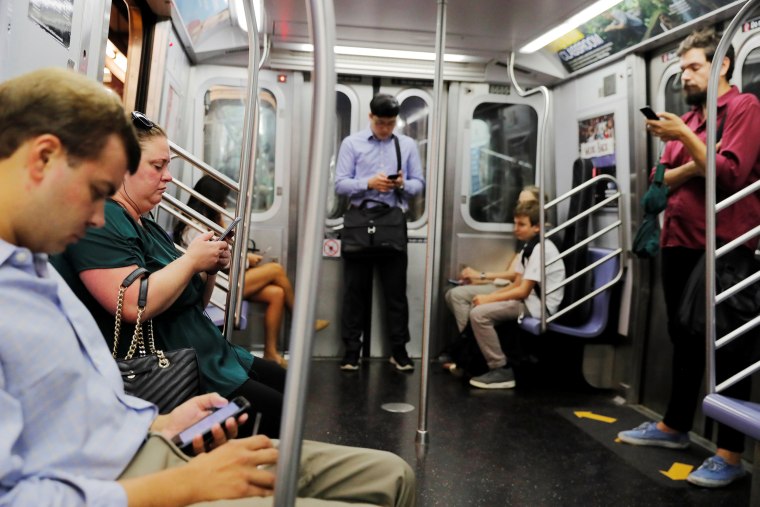For the first time, Americans are spending more time on their mobile devices than they are watching traditional television broadcasts, according to a new report by eMarketer.
“In 2019, U.S. adults will spend an average of three hours and 43 minutes on mobile devices daily,” the digital research firm reported, compared with approximately three hours and 35 minutes spent watching TV throughout the day.
Dominating this mobile consumption is the use of smartphones, accounting for 70 percent of the total time spent on mobile devices.
"It's about being an on-demand, always-on, always-with-me device that gives me what I want when I want it," said Kevin Lindsay, director of product marketing at Adobe, which recently conducted its own consumer study on digital content consumption. "There's no going back."
Just over 40 percent of Americans’ daily digital video intake is now on mobile devices, with video the third most popular activity on these devices, behind audio and social networking.
However, mobile usage is not supplanting viewership of television content altogether. The rise in over-the-top streaming services has given networks the opportunity to capitalize on the growth in mobile consumption. Companies like Disney, WarnerMedia and NBCU have sold their content to streaming services like Hulu and Netflix and are establishing their own OTT services.
Between 2014 and 2019, OTT viewers have increased by 34 million people, whereas traditional television viewership has decreased by 12 million people, according to eMarketer.
“Digital video time, which includes streaming video via any device (excluding video on social networks), is essentially directly replacing traditional TV time,” eMarketer reported. “Adults’ TV time will drop nine minutes this year, while digital video will jump by eight minutes.”
However, despite television’s decrease and mobile’s rise, TV remains a stronghold.
“In 2019, TV viewership across the total U.S. population will be 87 percent,” said Monica Peart, senior forecasting director at eMarketer. “The vast majority of Americans still watch TV. Usage is stable — it is the frequency and time that have changed.”
However, while eMarketer projects that traditional television viewing will continue to fall, mobile growth is also projected to decline.
“We really have hit a saturation point," said Peart. "Those who want a mobile device in their pocket have one. We are running out of new people."
